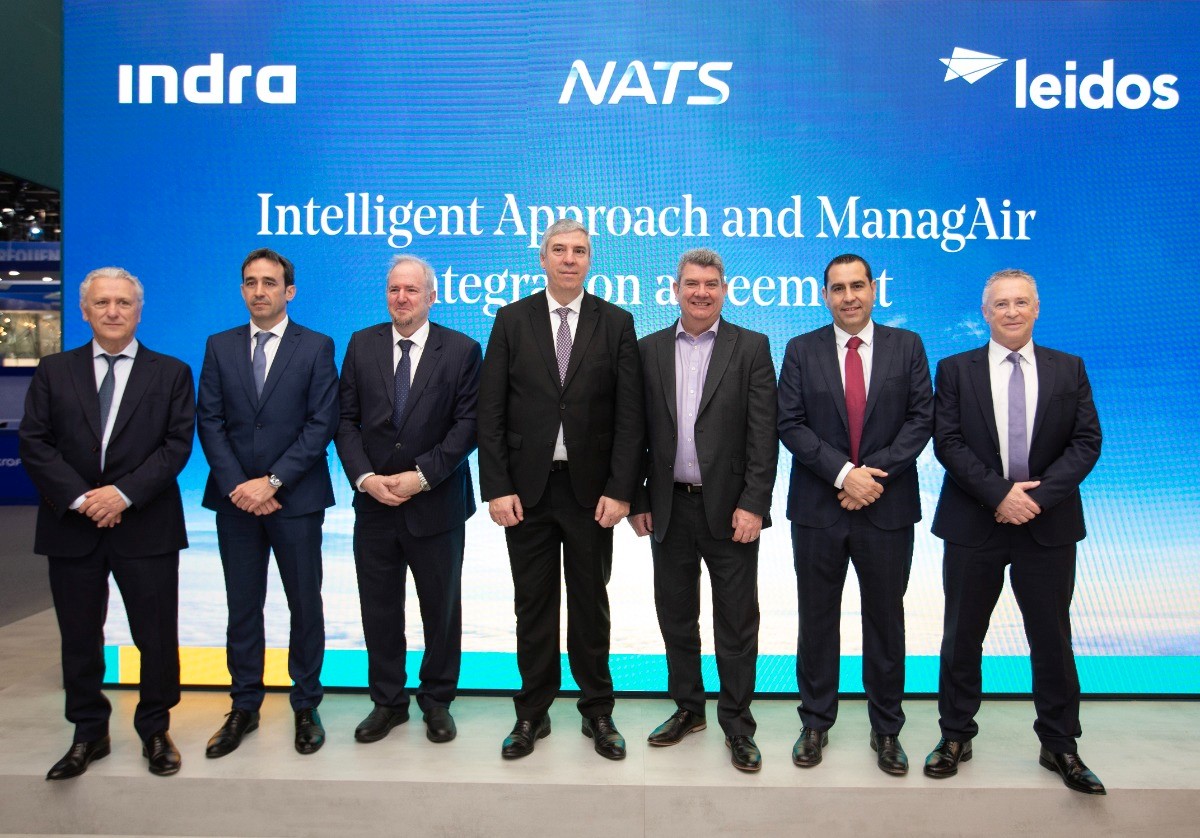INDRA and ENAIRE digitize the Spanish sky and lead transformation of Air Traffic across Europe

Indra, one of the chief global technology and consulting companies, and ENAIRE, the fourth largest air traffic services provider in Europe in terms of volume, have modernized the country’s main air traffic control towers in what constitutes a decisive step towards the digitization of the Spanish and European airspace.
This achievement brings closer the goal set by the European Union of making Europe the most efficient and environment-friendly region for flying in the world.
The next generation of air traffic systems constitute the only technology currently available that is capable of reducing the CO2 emissions generated by aviation as we await the development of cleaner fuels and electric-powered aircraft in the future.
Indra and ENAIRE have taken the lead in the deployment of these systems. They have done so in one of the continent’s most important airspaces in terms of size and traffic volume. Despite the difficulties the industry has endured in recent months due to the pandemic, the two partners have demonstrated their commitment to the objective of overcoming one of aviation’s most pressing challenges, namely flying in cleaner way to minimize its environmental impact.
The airport towers at Josep Tarradellas Barcelona-El Prat, Palma de Mallorca, Adolfo Suárez Madrid-Barajas, Málaga-Costa del Sol and Alicante-Elche have therefore been modernized and are now operating with the new-generation SACTA-iTEC 4 system.
This milestone has been reached following the implementation of the same system in Spain’s major en-route and approach control centers just a few months before.
ENAIRE thus manages all phases of the country's air traffic in a fully digitized manner, from the moment the aircraft prepares to take off until it reaches its destination.
This leads to much smoother traffic management, as each flight can be planned much more accurately to prevent unforeseen events and unnecessary holding times for the aircraft.
The new digitized control towers provide for smooth, continuous descents requiring less use of the engine power of the aircraft, which also reduces the noise level.
The new features of the A-SMGCS-2 (Advanced Surface Movement Guidance and Control Systems), which control and guide the movements of the aircraft on the flight platform, enable safer operations in adverse weather conditions with poor visibility and at night. The controllers can act in real time on the runway conditions and receive alerts categorized by the risk in the event of an incursion, key in airports with several landing strips crossing each other.



.png)



.jpg)

Comments
There are no comments yet for this item
Join the discussion